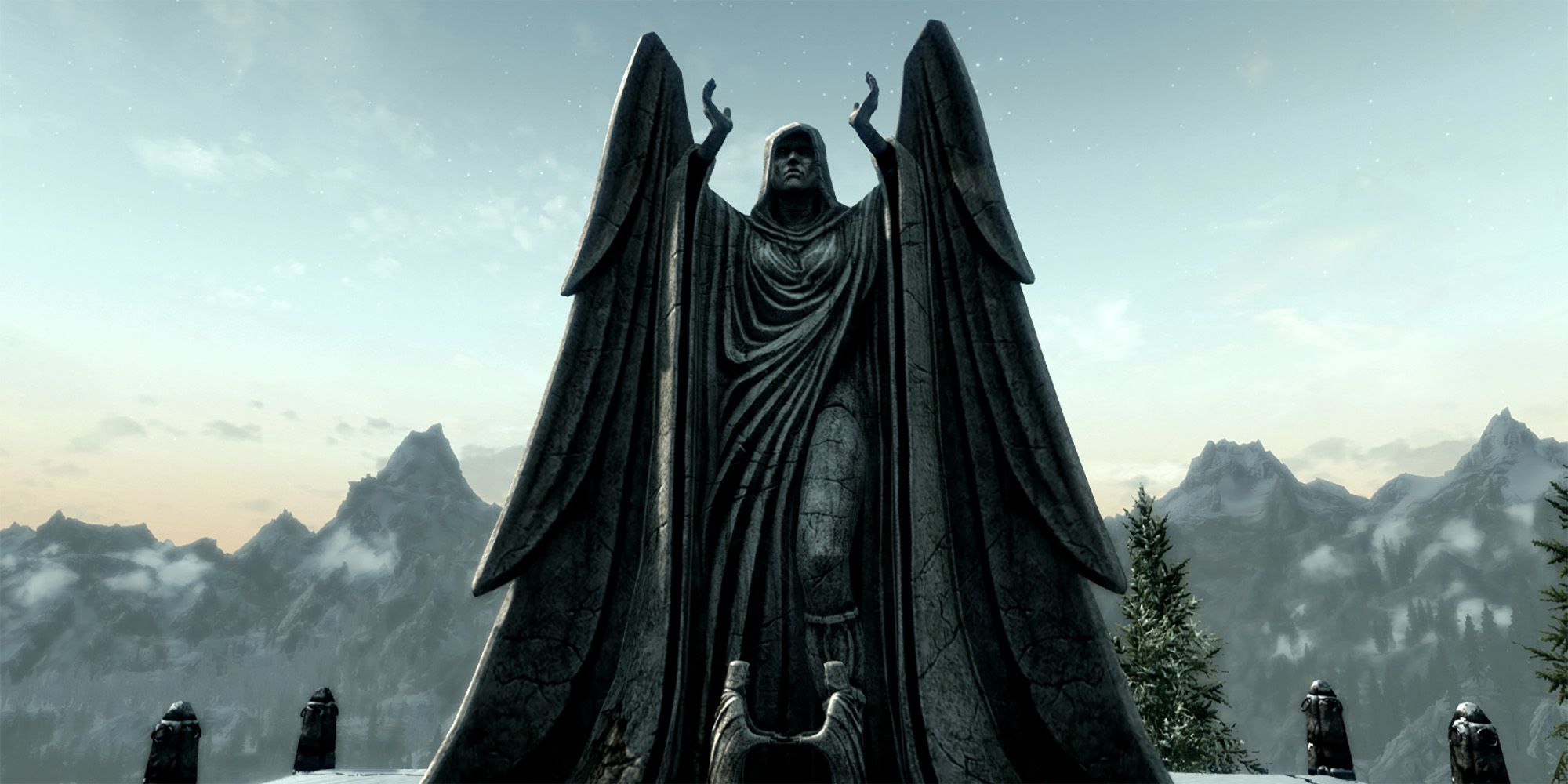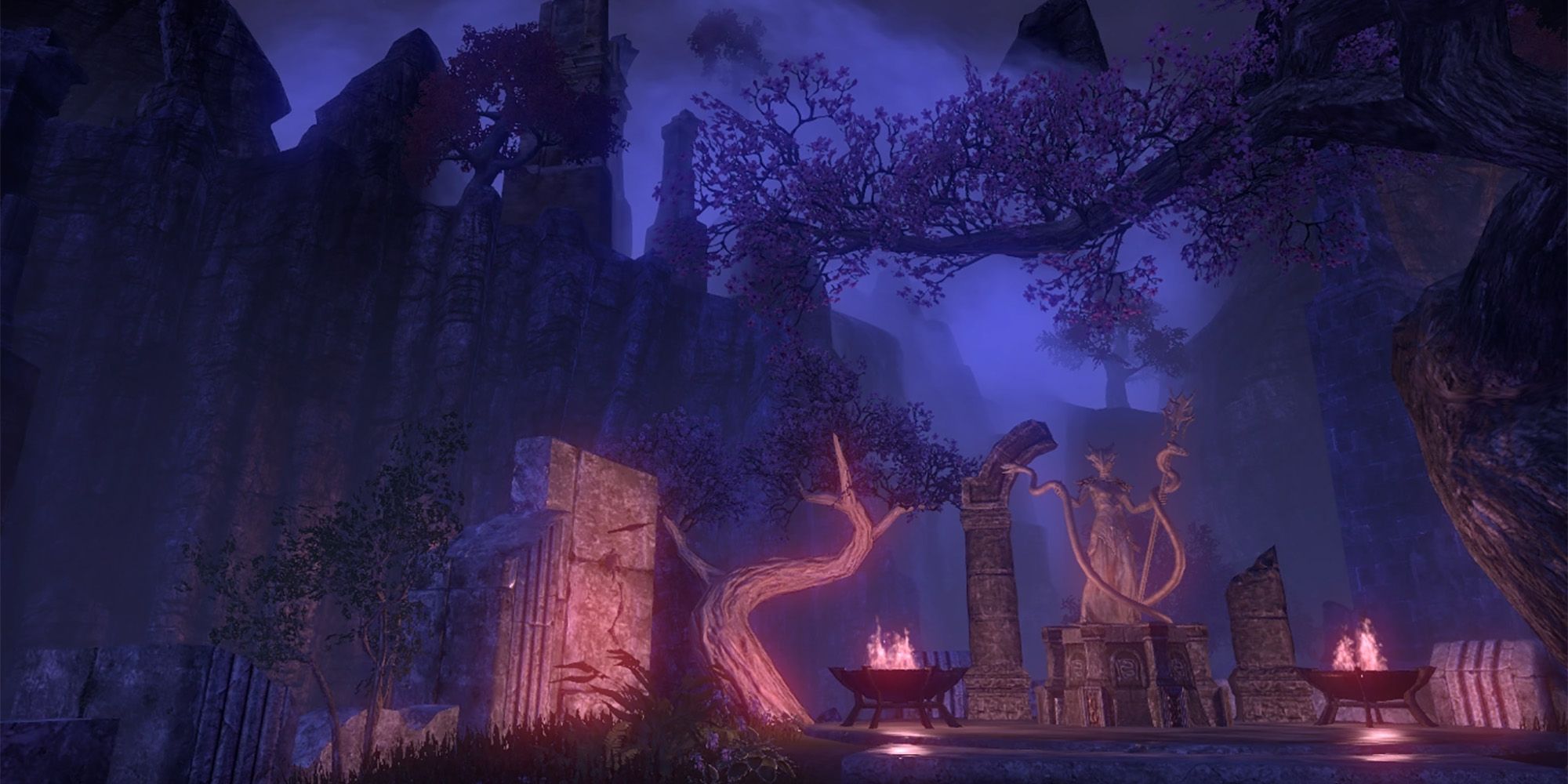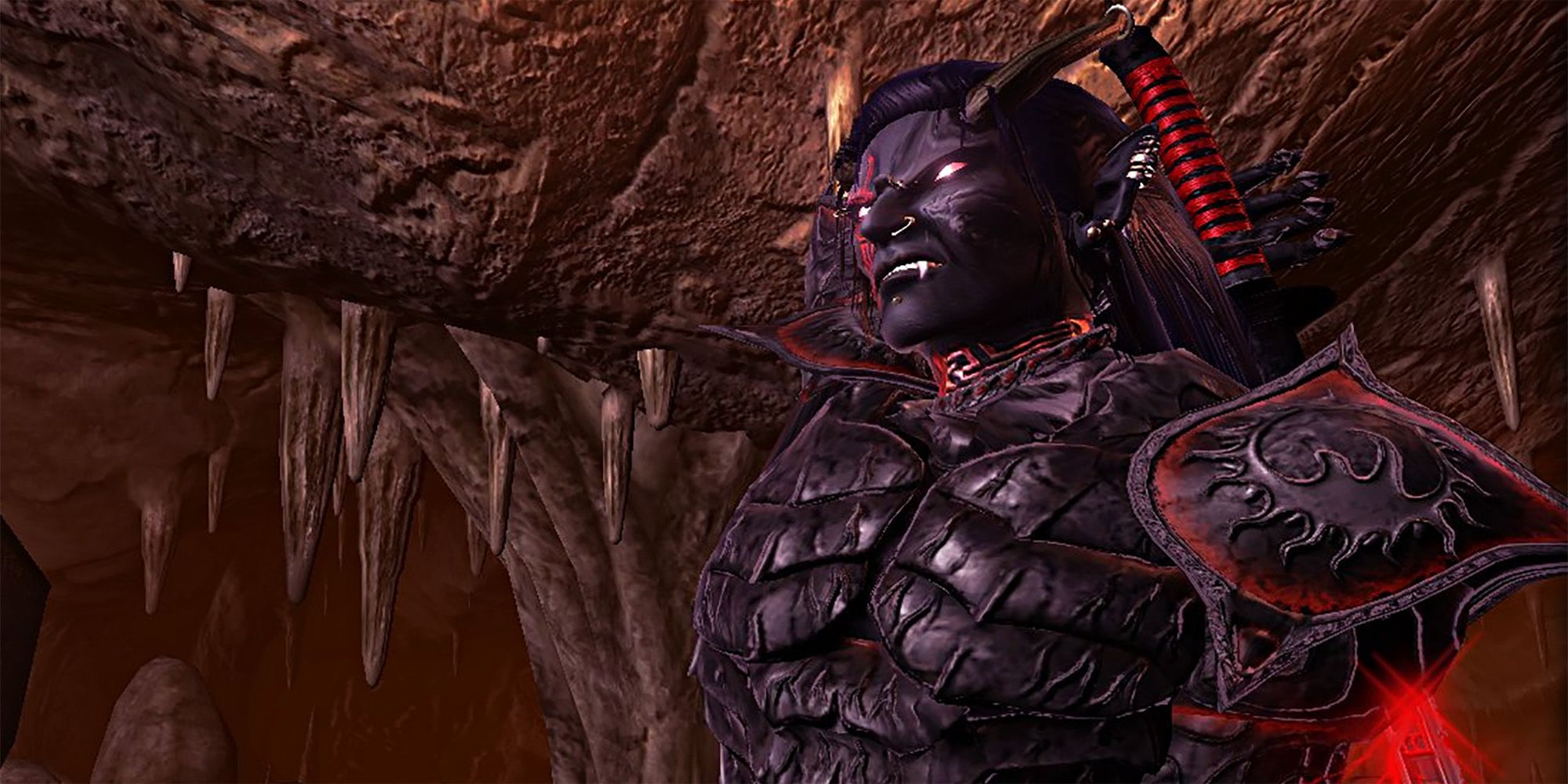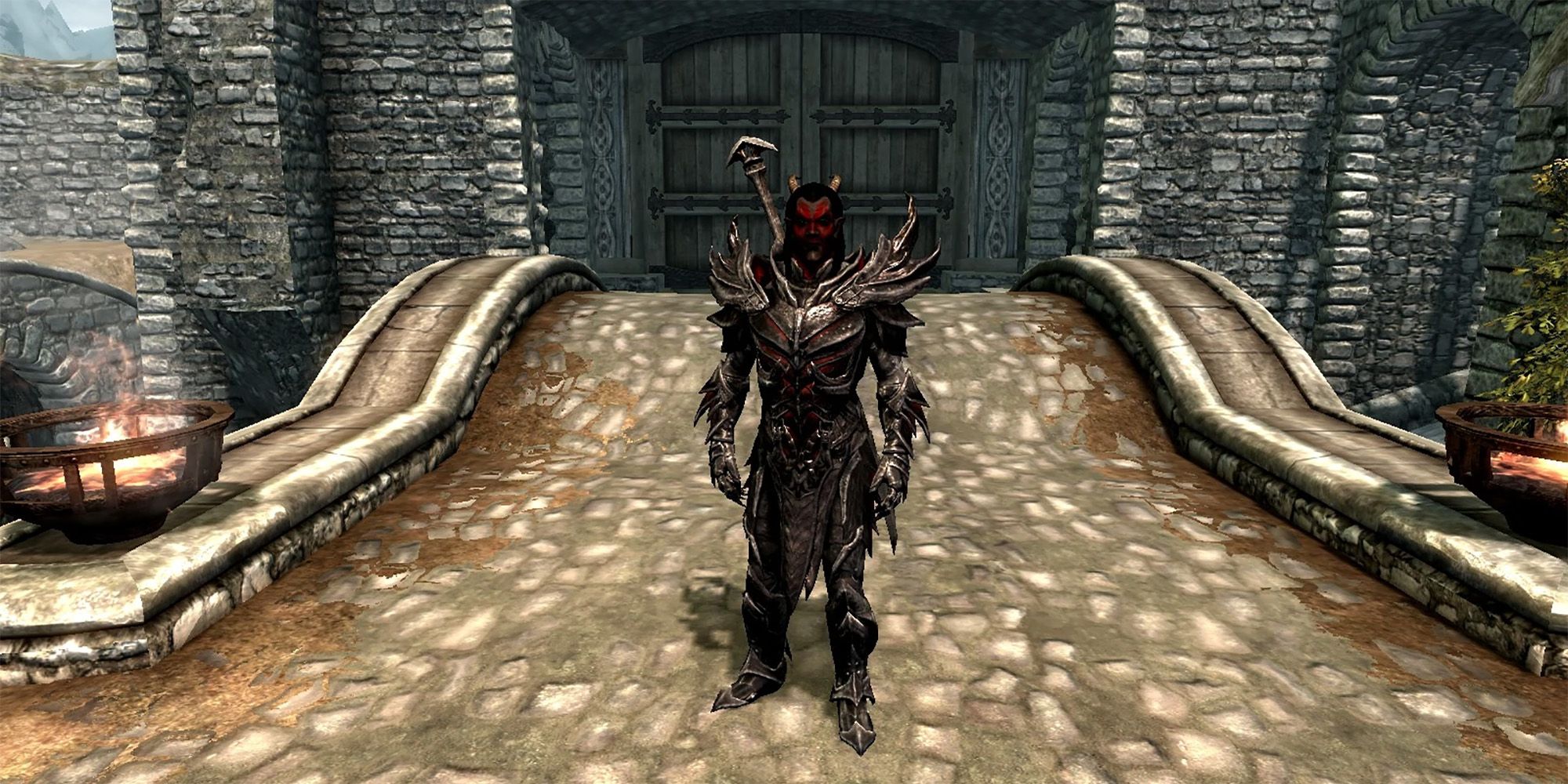In Bethesda's The Elder Scrolls franchise, the Daedra are powerful beings who have appeared in each game. According to lore, the Daedra chose not to participate in the creation of the mortal realm known as Mundus that the Aedra created, believing it was a waste of power to pour so much of themselves into the creation of a world. Instead, they made worlds of their own.
When making these chaotic worlds, referred to as "The Daedric Realms," the Daedric Princes (the most powerful Daedra) used their essences. However, they maintained their connections to the worlds so they could continue to draw from the power expended in their creation and maintain control.
There are seventeen Daedric Princes, also referred to as Daedric Lords. Each has their own sphere of influence and plane within Oblivion. They are known as Azura, Boethiah, Clavicus Vile, Hermaeus Mora, Hircine, Jygalagg, Malacath, Mehrunes Dagon, Mephala, Meridia, Molag Bal, Namira, Nocturnal, Peyrite, Sanguine, Sheogorath and Vaermina.
The Daedric Princes created lesser Daedra to serve and worship them. Despite this, the lesser Daedra are not truly bound to their creators, though many do choose to serve their lords openly and with pleasure. The lesser Daedra vary in their forms, with many, like Dremora, Golden Saints, Knights of Order and Xivkyn who take on humanoid forms. The Daedroth and Clannfear are both reptilian in appearance.
The elemental Daedra are known as Atronachs and appear in forms identifiable with the elements that comprise their make-up. Flame Atronachs, for example, are fiery beings, while Storm Atronachs are rumbling stone formations held together by lightning. Winged Twilights are one of the few Daedra said to possess the ability to fly. The others are Watchers and Daedric Titans, the latter of which are incredibly rare.
Daedra cannot truly die. Though they can experience fear, shame and pain, and their physical bodies can be destroyed, their essences return to the Void where a new animus shapes for them to inhabit. Though it is unknown why, Daedra are said to fear the Void, which they refer to as the Darkness. Perhaps their ability to reincarnate feels tenuous to them, and as they wait in the Void to become tangible again, they experience a sense of dread that they will cease to exist entirely, but it's impossible to guess.
Though the Princes found contentment in their own creations, they were also intrigued by events that took place in Mundus. They looked upon the mortals created by the Aedra as prey, taking great delight in pursuing them and meddling in their lives. They have also been known to insert themselves into the affairs of powerful beings in Tamriel, tempting and turning them from righteous paths and creating chaos within the world.
Despite the dangers they often pose and the fact that Daedra worship has been made illegal in numerous places throughout history, a number of Daedric cults still thrive. The culture of the Dunmer elves was heavily shaped by their worship of various Daedra, and though many have moved away from such practices, they still cling heavily to Azura's wisdom. The Orcs of Mundus' entire way of life was shaped around the Code of Malacath. The Khajiit believe that all Daedra were created by Azura, though they do not seem to openly worship the Prince the way other cultures do.
Summoning Daedra is a practice performed by both worshipers and magic users specializing in the School of Conjuration. In some cases, the summons prove to be short-term, with the Daedra appearing after the summons and quickly disappearing upon completion of the initial task they are bound to. There are also more ritualistic summons that provide summoners with opportunities to create long-term pacts that allow the Daedra to be called upon to fight enemies for a limited time or store and carry items for the summoner.
Given their fickle nature and how much pleasure they derive from tormenting mortals, it could be reasoned that the Daedra are evil. They have brought about incredible strife at times, such as during the Oblivion Crisis that comprised events in The Elder Scrolls IV: Oblivion and left all regions of Tamriel in turmoil. With the Gates of Oblivion closed, the Daedra could never attack Tamriel again, but the devastation the crisis wrought changed Tamriel forever.
Though the Daedra and their Princes made appearances all throughout Skyrim during events, their presence and influence didn't seem to hold as much sway. While the Dragonborn player character could perform tasks for each of the Daedric Princes and summon various lesser Daedra using magical conjuration, the effects of completing the Princes' tasks did not seem have permanent consequences. In fact, the player usually walked away with an incredibly powerful artifact to help them in future battles for the fate of the world.
As Daedra have been present throughout the entire Elder Scrolls franchise, it can only be assumed they will appear in future games as well. Though it was said they could never invade Tamriel again, there are always power hungry individuals who will seek to undo good in favor of letting chaos reign, and the Daedric Princes can be incredibly persuasive in their whisperings and promises of power.




